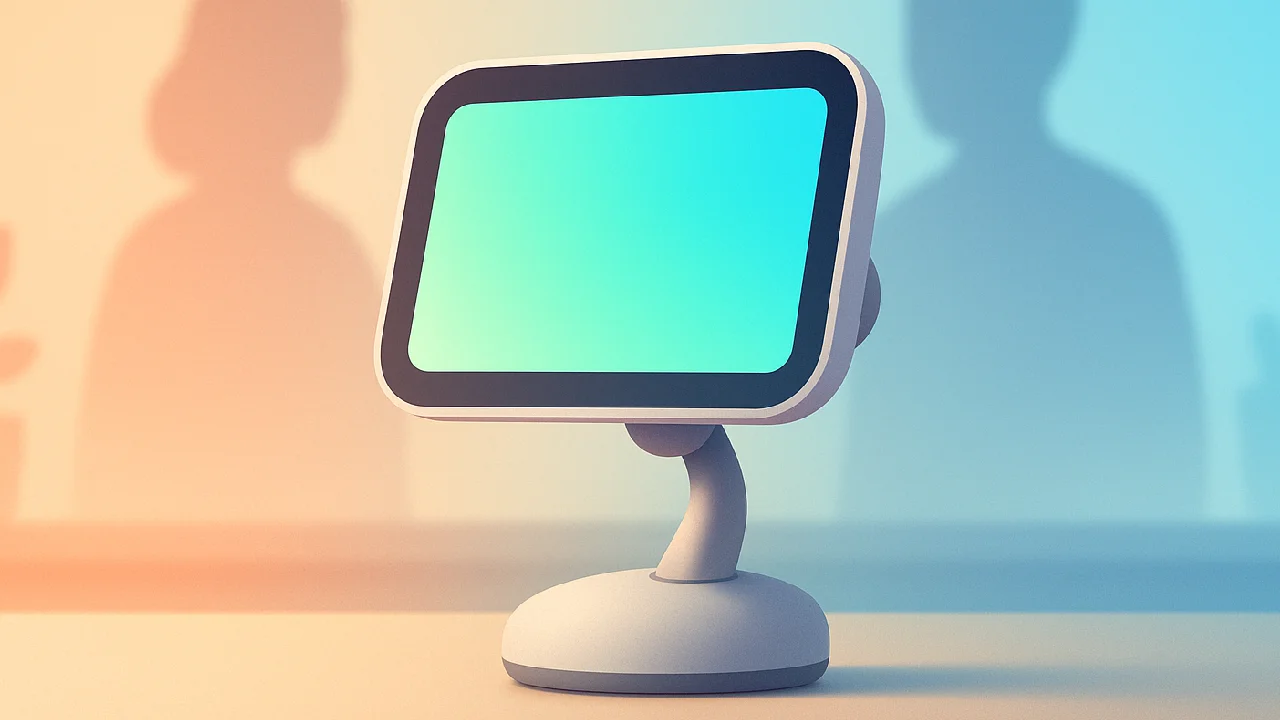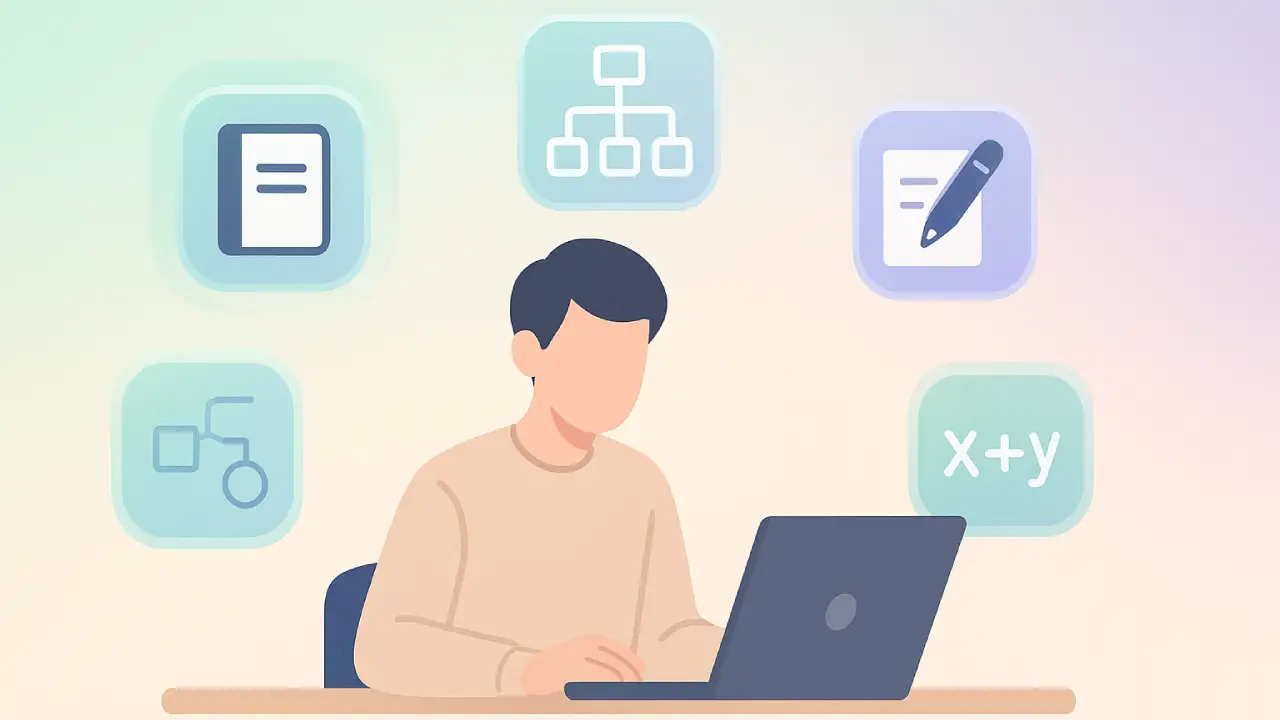Tabletop robot A desk-size robot with a 7-inch moving screen and smarter Siri that follows you during chats, plans your day, and brings Apple’s ecosystem to one tidy spot.

Apple tabletop robot is a compact home companion built around a 7-inch screen that actually moves to face you. The motorised arm can swivel, tilt, and extend so calls, reminders, and controls feel more natural. Paired with a redesigned Siri that remembers context, the device aims to be a friendly hub for daily life rather than another static display.
What Is Apple Tabletop Robot
Picture a lamp-like device for your desk or kitchen counter. The horizontal display sits on a motorised arm that can swivel, tilt, and extend roughly half a foot, so the screen “looks” at whoever is speaking. Reports point to a target window around 2027, with the usual caveat that plans may shift as prototypes evolve.
Tabletop Robot Key Features or How It Works
- Physical tracking, not just digital crop
The arm moves to keep you framed during video calls or when you speak to Siri, making quick chats feel more human. - Phone-style remote control in testing
An iPhone could act like a joystick to aim the screen during a call, useful for showing a person, pet, or product without walking over. - Charismatic OS for shared homes
A multi-user operating system can recognise different people, surface tailored widgets, and switch contexts automatically. - Siri rebuilt on large language models
The new Siri—internally linked to codenames like Linwood is designed for multi-person conversations, memory of preferences, and real-time suggestions. Apple has explored an animated on-screen persona for warmth and clarity. - Ecosystem glue
Expect clean ties with FaceTime, Home controls, Apple Music, Calendar, and more, plus a simpler smart-display variant reportedly arriving earlier.
Why It Matters or Benefits (Tabletop robot)
- Hands-free life: Walk and talk during FaceTime while the screen follows you. Great for kitchen calls, online classes, or demoing a recipe.
- Less tapping, more context: A smarter Siri can remember recent chats, family preferences, and routines, so you spend less time repeating the same commands.
- Made for Indian households: Multi-user recognition means quick switching between family members’ calendars, reminders, and playlists handy in shared spaces and small offices.
- Stays put, stays charged: A tabletop form avoids battery and navigation headaches that wheeled robots face, yet still delivers a sense of presence.
How It Compares (Tabletop robot)
- Versus static smart displays
Traditional hubs rely on digital panning or limited swivel. Apple’s true motion aims to feel like a small assistant making eye contact, not a fixed frame on your counter. - Versus roaming home robots
Wheels add complexity and cost. A stationery robot keeps maintenance low while retaining expressive movement and personality.
Who Should Use It or Final Take
If you live on FaceTime, juggle family coordination, or want a central assistant that adapts to whoever walks up, this fits neatly into a kitchen, study, or work desk. The open questions are price, third-party apps, and how far the new Siri really goes. If Apple nails conversational quality and developer support, this could be its most approachable way to bring AI into the home.
Pros and Cons at a Glance
Pros
- Natural framing and presence in calls
- Multi-user, family-friendly design
- Deep Apple ecosystem integration
Cons
- Pricing unknown and could be premium
- App ecosystem and developer access TBD
- Reported 2027 target may shift with prototypes







